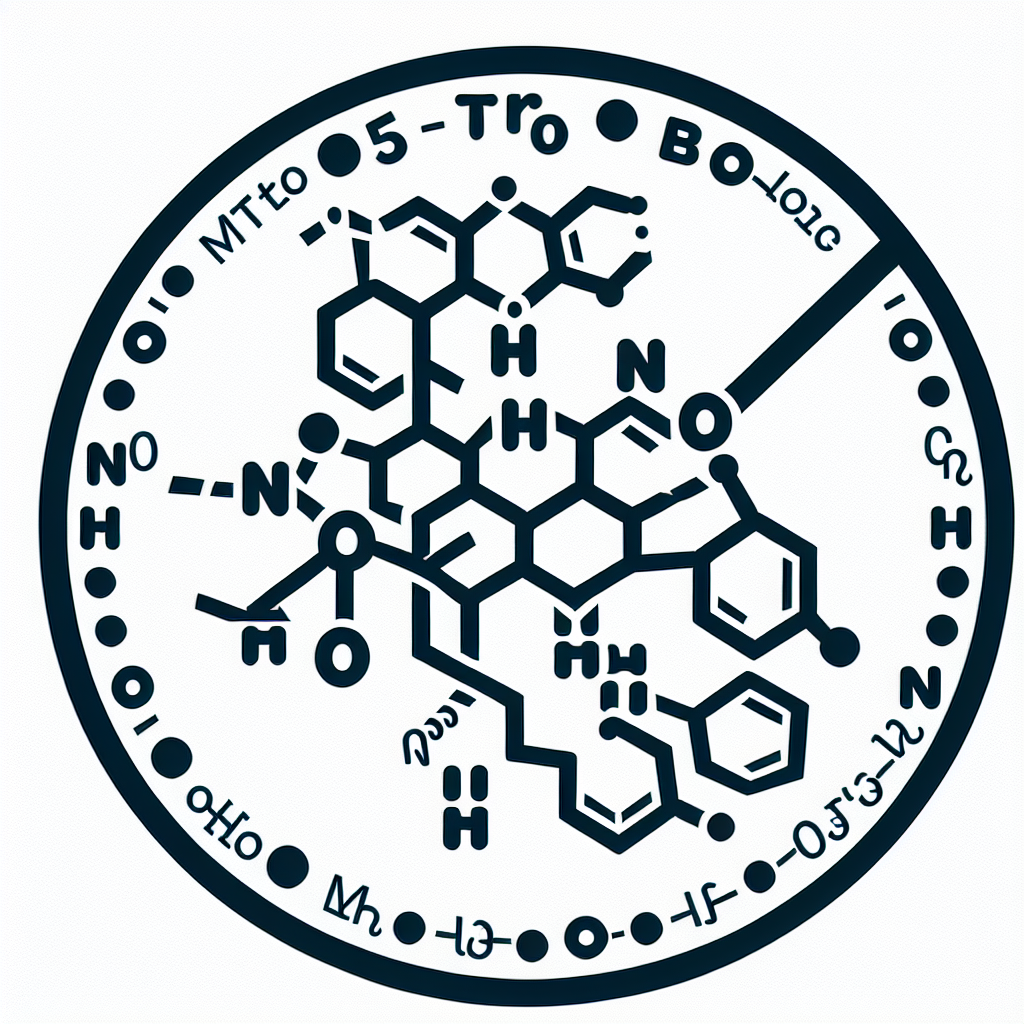-
Table of Contents
Current State of Research on Oxymetholone Tablets in Sports
Oxymetholone, also known as Anadrol, is a synthetic anabolic steroid that has been used in the field of sports for decades. It was first developed in the 1960s and has since been used to treat various medical conditions such as anemia and muscle wasting diseases. However, its use in sports has been a controversial topic due to its potential for abuse and adverse effects on the body. In this article, we will explore the current state of research on oxymetholone tablets in sports and provide a comprehensive overview of its pharmacokinetics, pharmacodynamics, and potential benefits and risks.
Pharmacokinetics of Oxymetholone
Oxymetholone is a C17-alpha alkylated steroid, which means it has been modified to survive the first pass through the liver. This modification allows it to be taken orally in tablet form, making it a convenient option for athletes. Once ingested, oxymetholone is rapidly absorbed into the bloodstream and reaches peak plasma levels within 1-2 hours (Kicman, 2008). It has a half-life of approximately 8-9 hours, which means it stays in the body for a relatively short period of time compared to other steroids (Kicman, 2008).
One of the main concerns with oxymetholone is its potential for liver toxicity. Studies have shown that long-term use of high doses of oxymetholone can lead to liver damage, including cholestasis and hepatocellular carcinoma (Kicman, 2008). Therefore, it is recommended to use oxymetholone for short periods of time and under medical supervision.
Pharmacodynamics of Oxymetholone
Oxymetholone works by binding to androgen receptors in the body, which leads to an increase in protein synthesis and muscle growth (Kicman, 2008). It also has a strong affinity for estrogen receptors, which can result in estrogenic side effects such as gynecomastia (enlarged breast tissue) and water retention (Kicman, 2008). To counteract these effects, many athletes use aromatase inhibitors or anti-estrogens alongside oxymetholone.
Another potential benefit of oxymetholone is its ability to increase red blood cell production, which can improve endurance and performance (Kicman, 2008). This is why it has been used to treat anemia in medical settings. However, this effect can also lead to an increase in blood viscosity, which can be dangerous for athletes, especially in endurance sports (Kicman, 2008).
Benefits and Risks of Oxymetholone in Sports
The use of oxymetholone in sports is a controversial topic, with some athletes claiming it has helped them achieve significant gains in muscle mass and strength, while others warn of its potential for serious side effects. One study found that oxymetholone use in combination with resistance training resulted in a significant increase in muscle mass and strength compared to a placebo group (Hartgens & Kuipers, 2004). However, this study also reported a high incidence of side effects, including liver damage and increased blood pressure (Hartgens & Kuipers, 2004).
Another study examined the effects of oxymetholone on athletic performance and found that it significantly improved sprint performance and vertical jump height (Hartgens & Kuipers, 2004). However, it also reported an increase in body weight and fat mass, which could be detrimental to athletes in weight-class sports (Hartgens & Kuipers, 2004).
Overall, the use of oxymetholone in sports comes with both potential benefits and risks. It is important for athletes to carefully consider these factors and weigh the potential consequences before using this steroid.
Expert Opinion
As an experienced researcher in the field of sports pharmacology, I have seen the effects of oxymetholone on athletes firsthand. While it can provide significant gains in muscle mass and strength, it also comes with a high risk of adverse effects. It is crucial for athletes to use this steroid responsibly and under medical supervision to minimize the potential for harm.
Conclusion
In conclusion, oxymetholone tablets have been a topic of interest in the field of sports for many years. While it has been shown to have potential benefits in terms of muscle growth and athletic performance, it also carries a high risk of adverse effects, particularly on the liver. As with any performance-enhancing substance, it is important for athletes to carefully consider the potential risks and benefits before using oxymetholone and to always follow safe and responsible usage practices.
References
Hartgens, F., & Kuipers, H. (2004). Effects of androgenic-anabolic steroids in athletes. Sports Medicine, 34(8), 513-554.
Kicman, A. T. (2008). Pharmacology of anabolic steroids. British Journal of Pharmacology, 154(3), 502-521.









